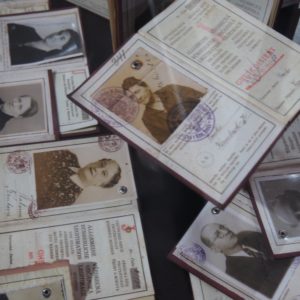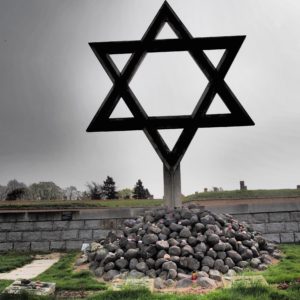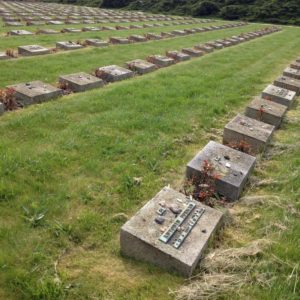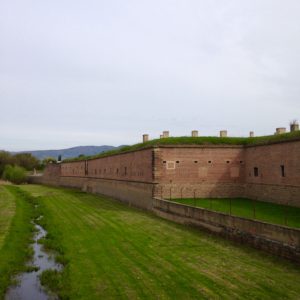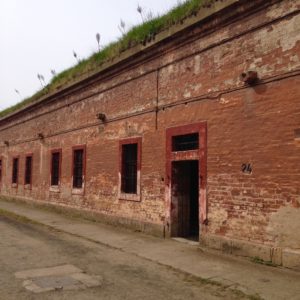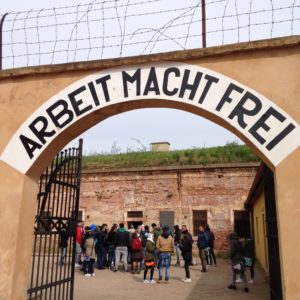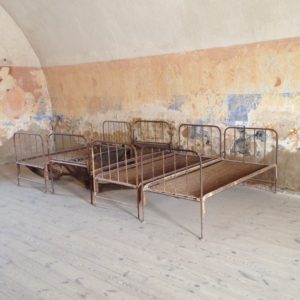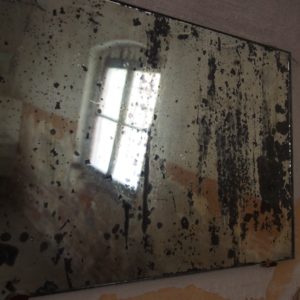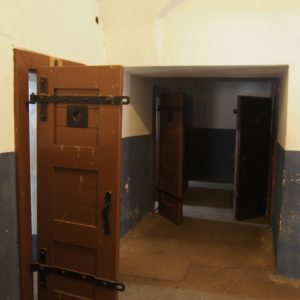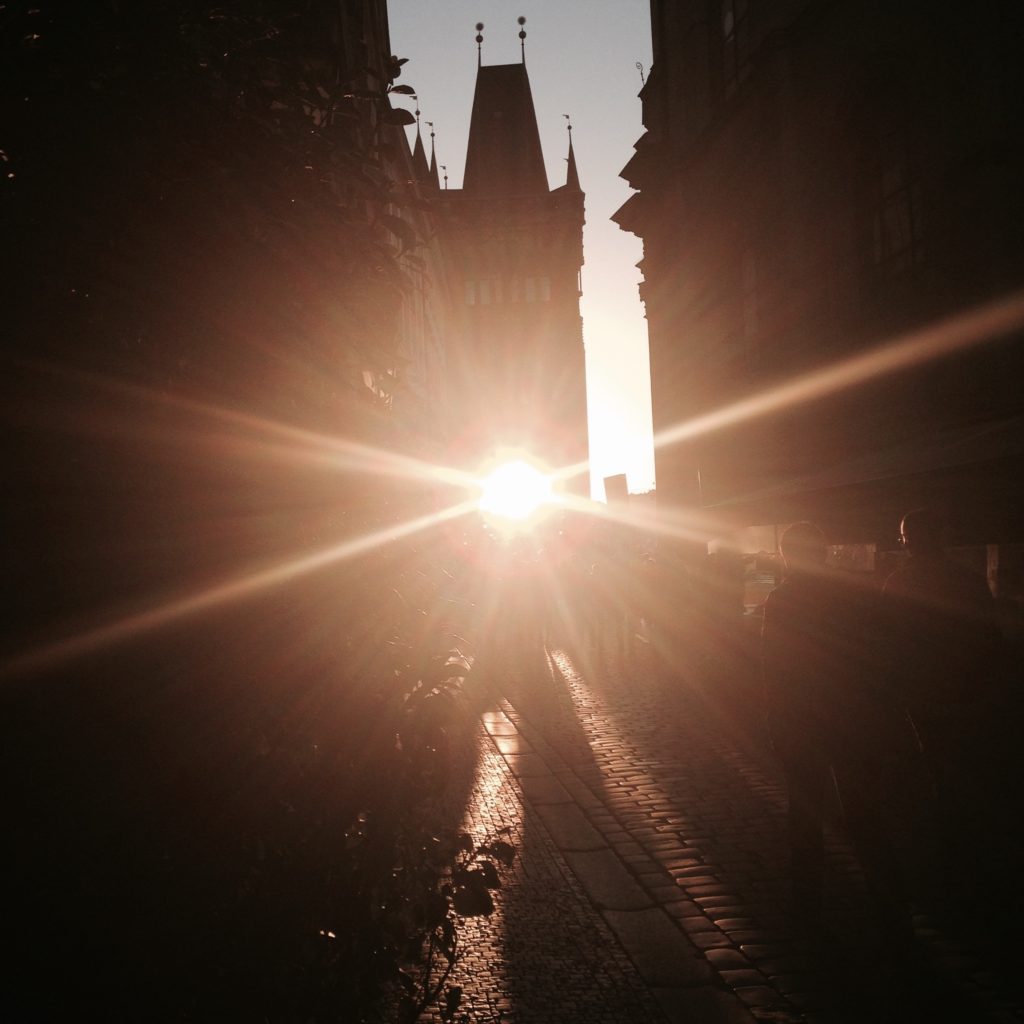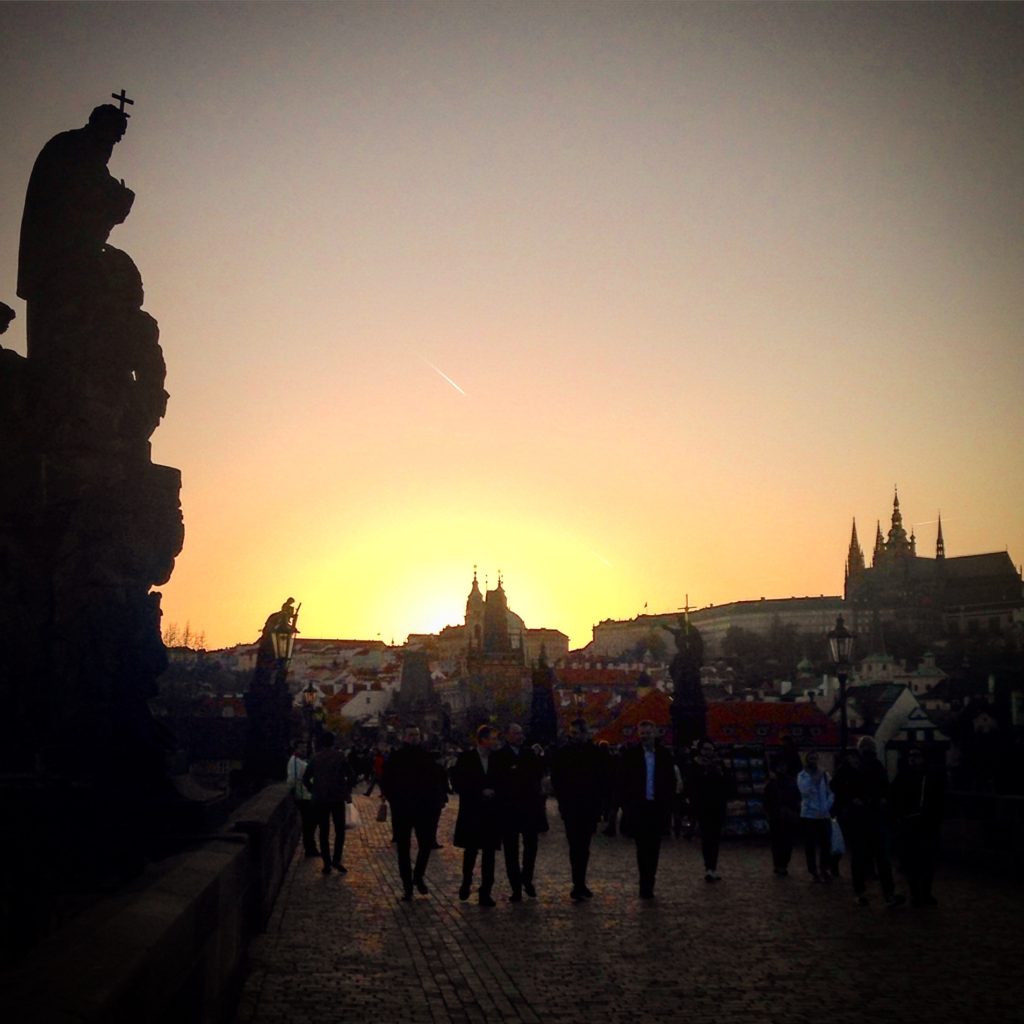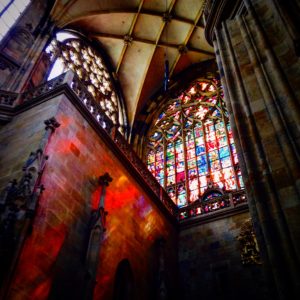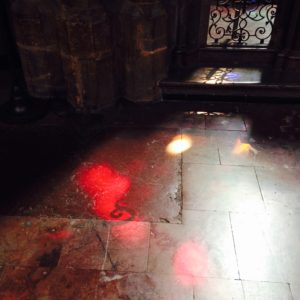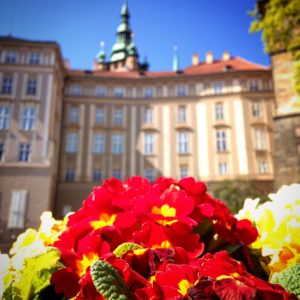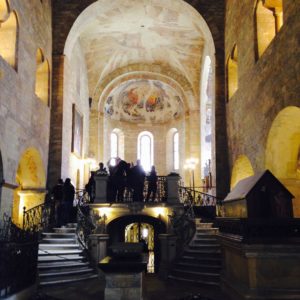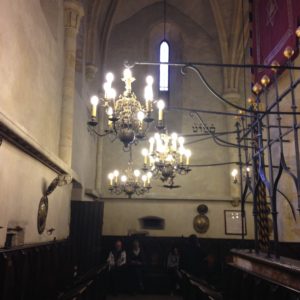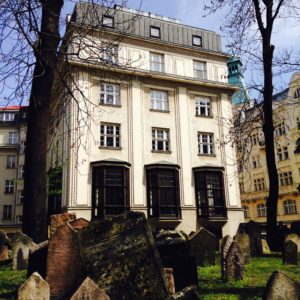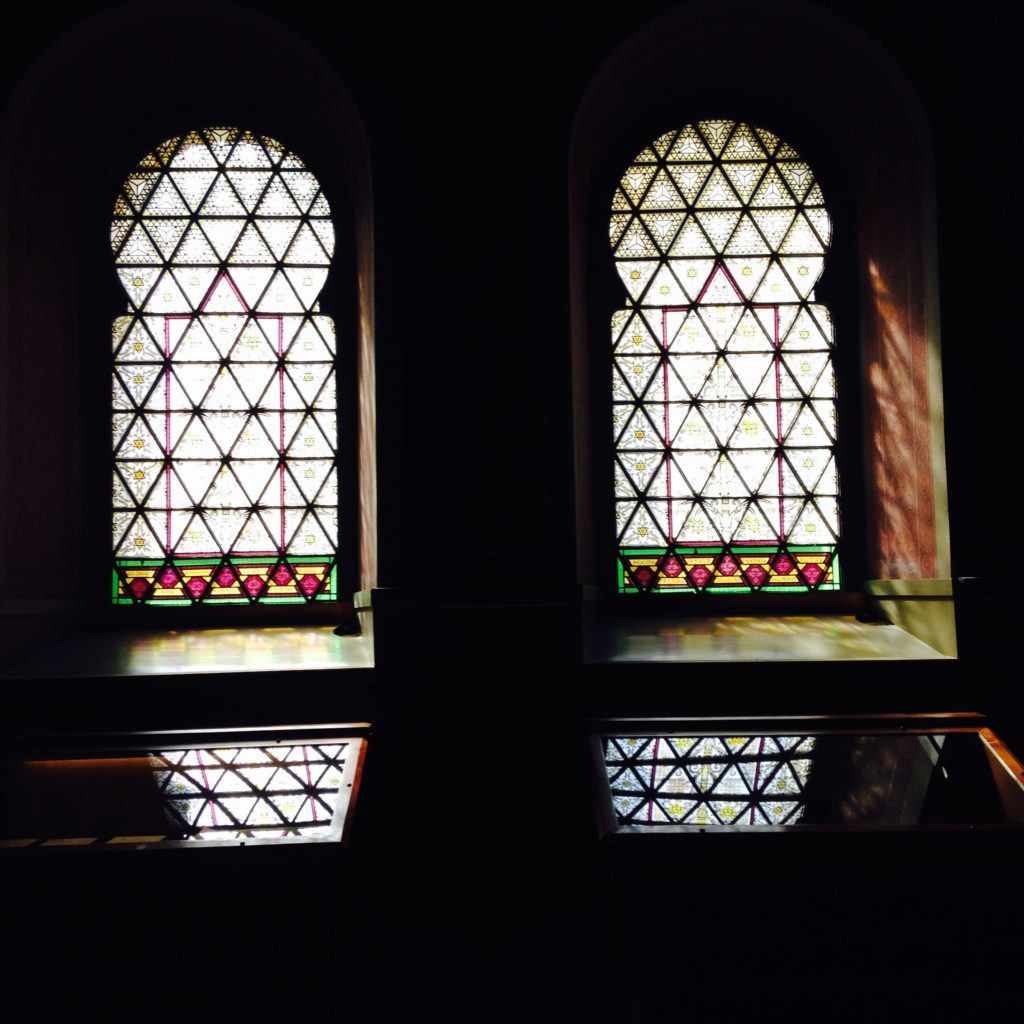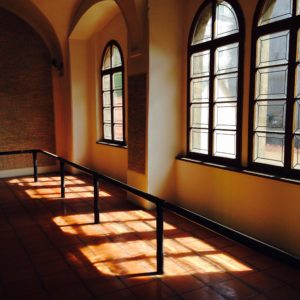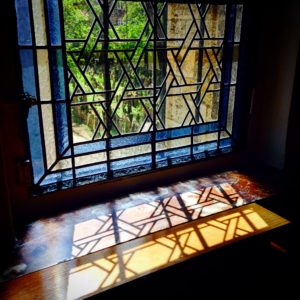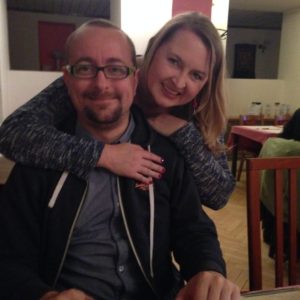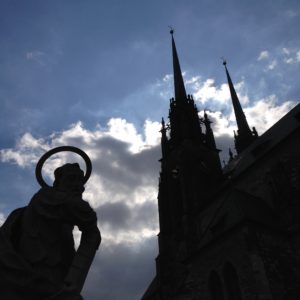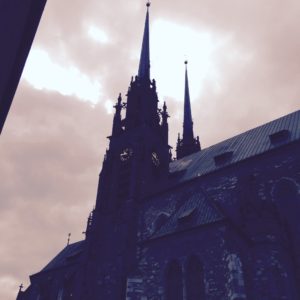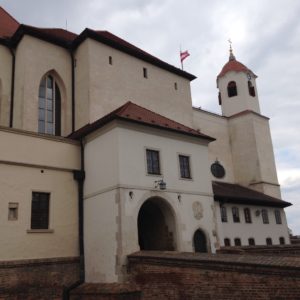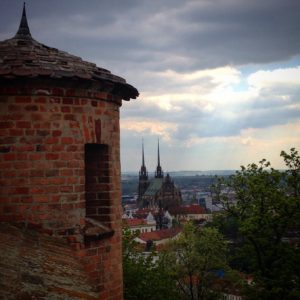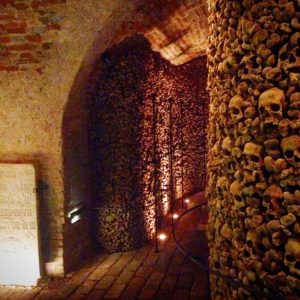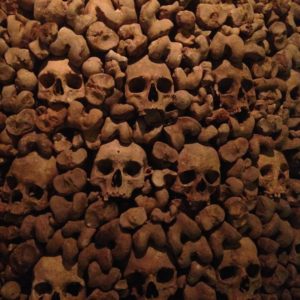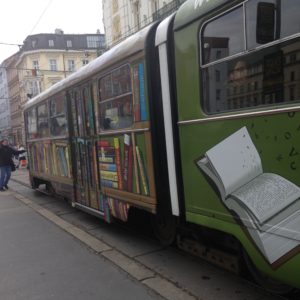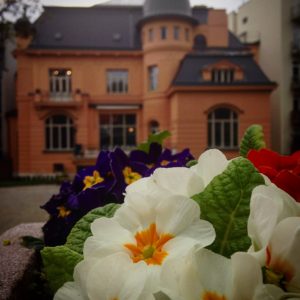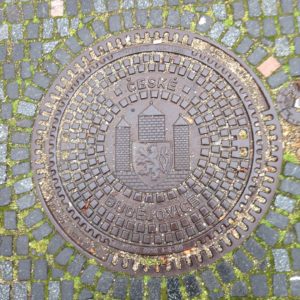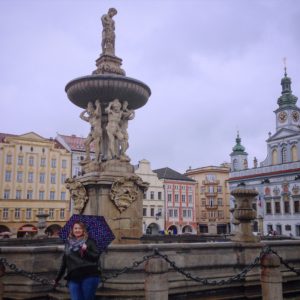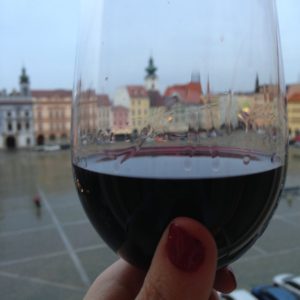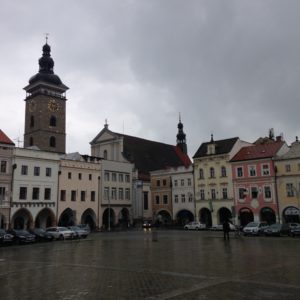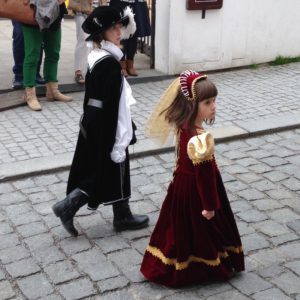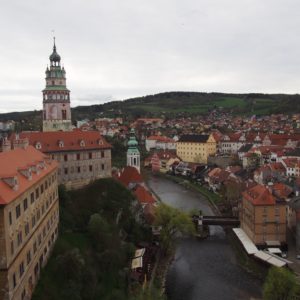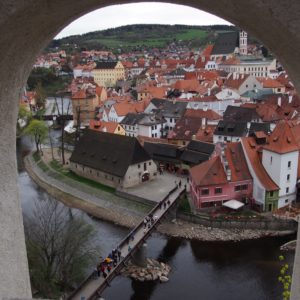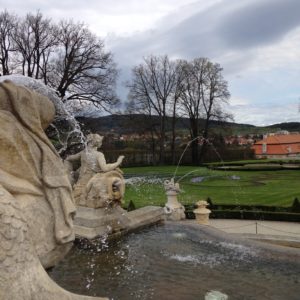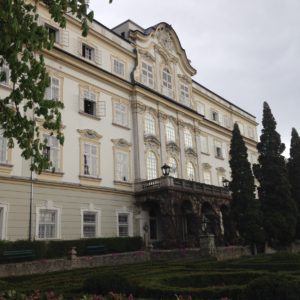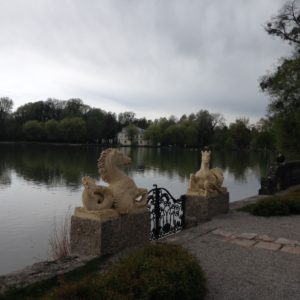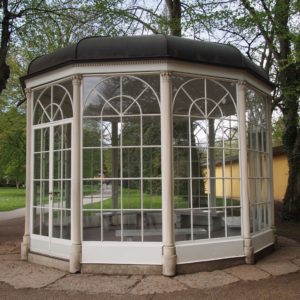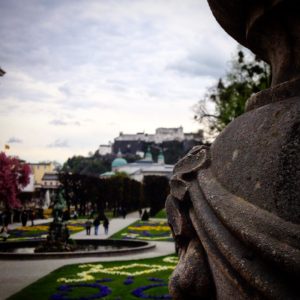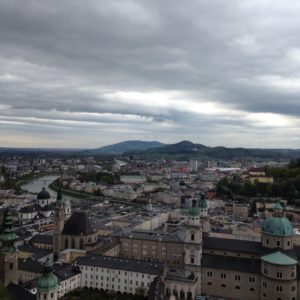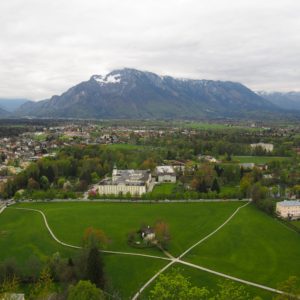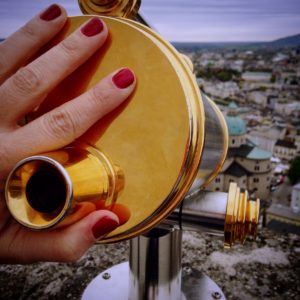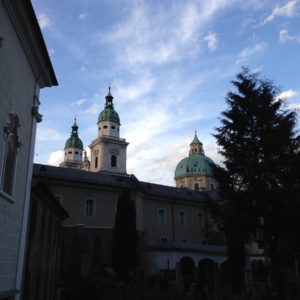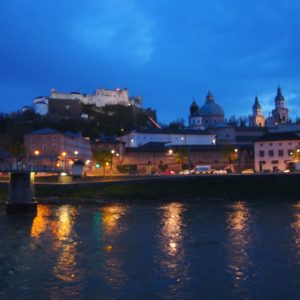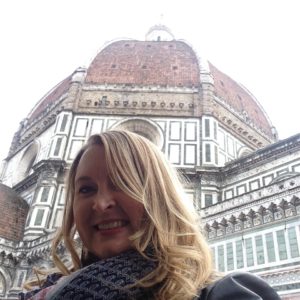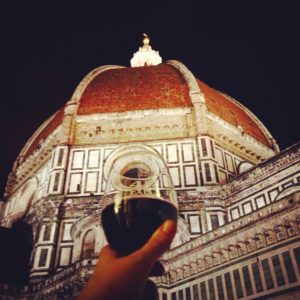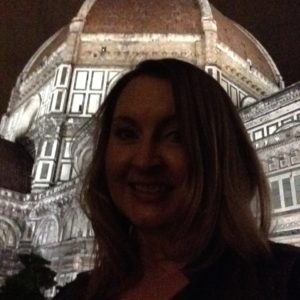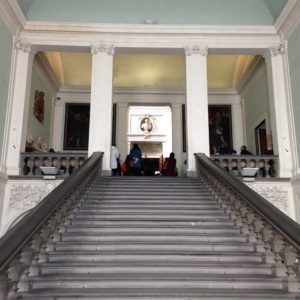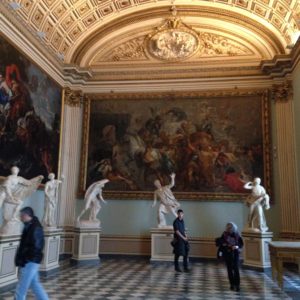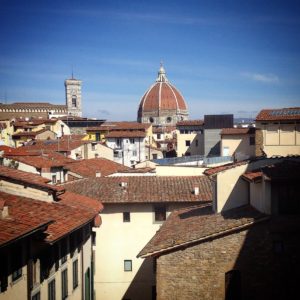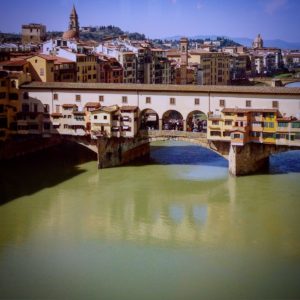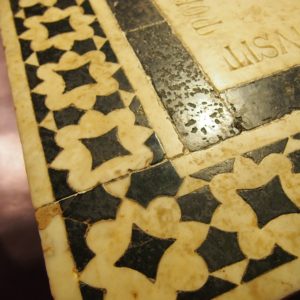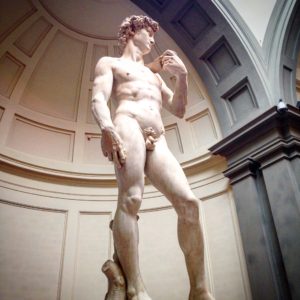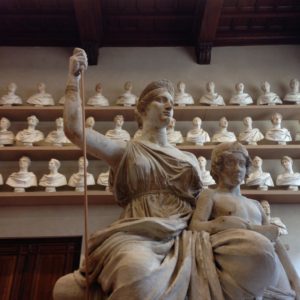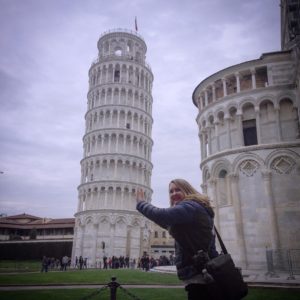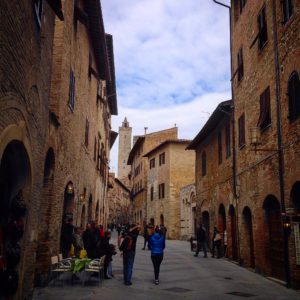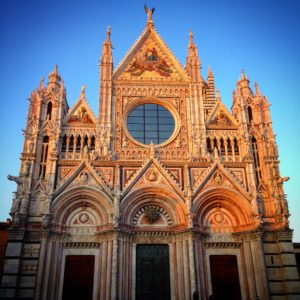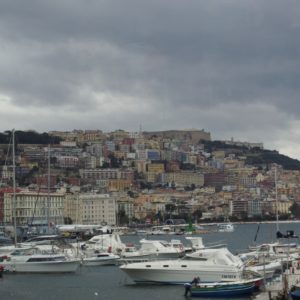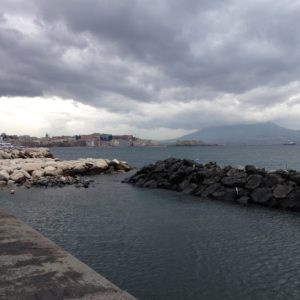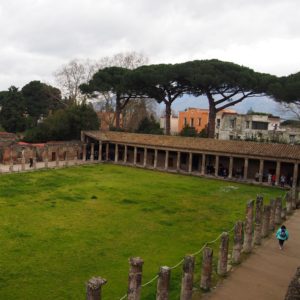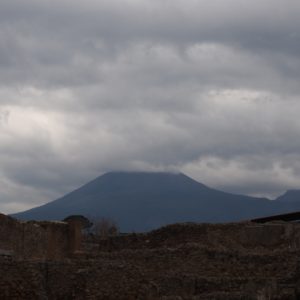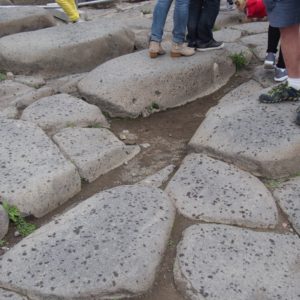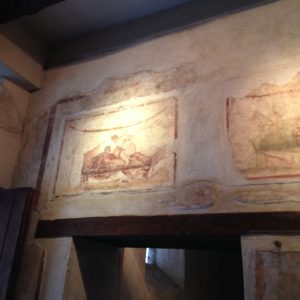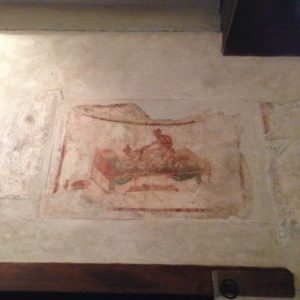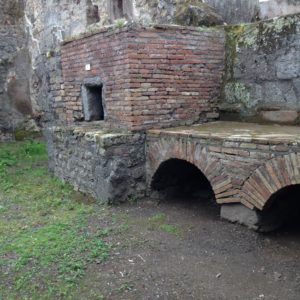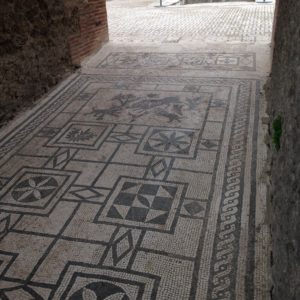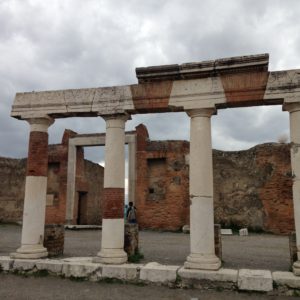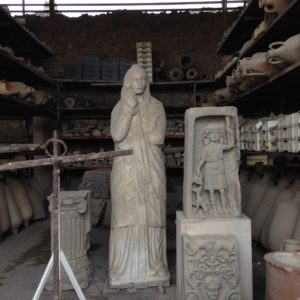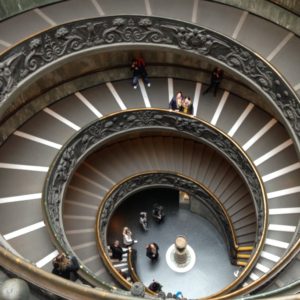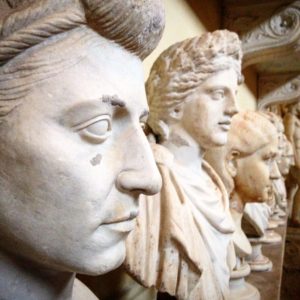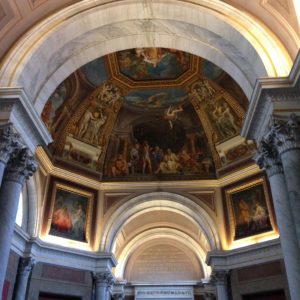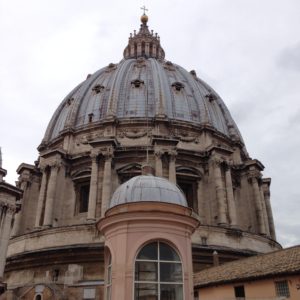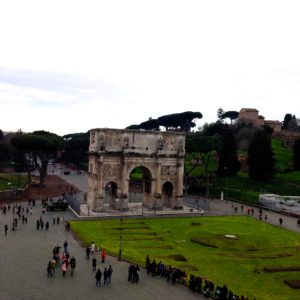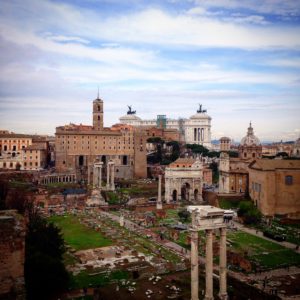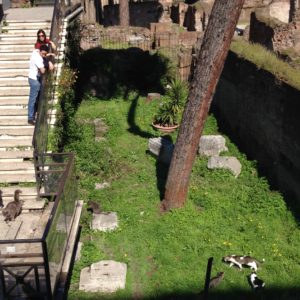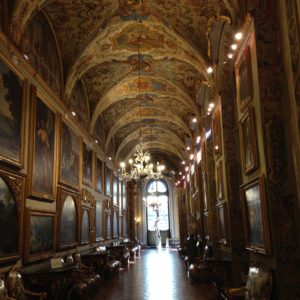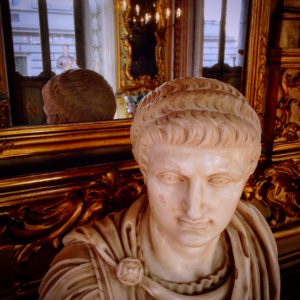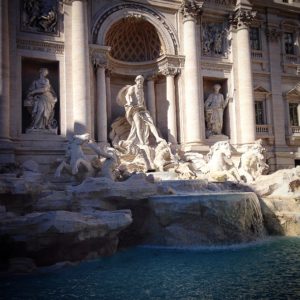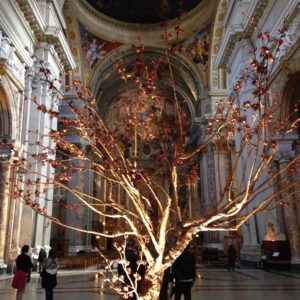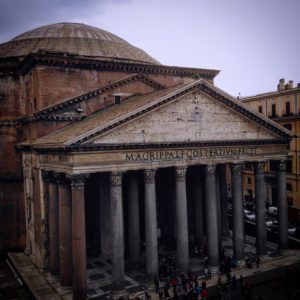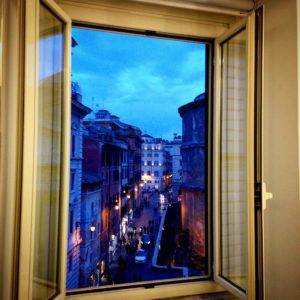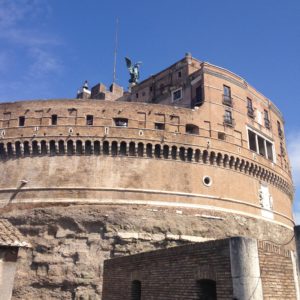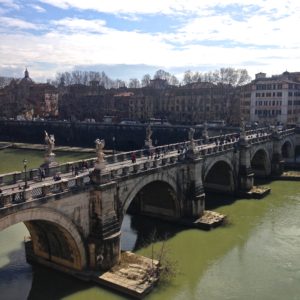During my time in Prague we wandered around the Old Jewish Cemetery and it got me thinking about all the sacred places I’ve visited during my travels. Places where the ugliness of humanity once carried out unimaginable horrors or mother nature intervened in tragic ways, and the different ways people pay their respects and mourn for those that died. In the West we commonly lay wreaths. Have moments of silence or hold candle light vigils. We visit grave sights and place flowers. We bow our heads. We say prayers. Wandering this Jewish cemetery many of the tombstones had rocks placed on the top, or coins, or notes. Some of the notes said “Love from Italy.” Or Florida, or France. Many of the notes were folded in a way that the messages were kept secret. Sealed messages of mourning to honour the dead. I was really moved by this tradition of leaving behind something to acknowledge that we have been there, and that the persons memory is carried on by the living.
I remember one of my first trips abroad and visiting Hiroshima and seeing the Peace Memorial at sunset. In 1945 an atomic bomb was dropped there and some 70 000 people were instantly killed. Today the bombed out remains of one building are all that remain and I remember the building being lit up at night which made the visit very moving and that there was an eerie calmness to the site. In my memories it’s silent except for the sound of the wind thru the nearby trees. I’m sure there were other noises, but all I remember was the light and the setting sun. Since then I have visited Ground Zero in New York City. I’ve walked the beaches of Sri Lanka years after the deadly tsunami that claimed the lives of nearly 37 000 people. When I visited back in 2010 nearly 6 years later parts of the coast looked like a war zone with only the cement frames of houses that were otherwise completely washed away. It was heart wrenching to drive through these small villages and meet people who had lost family members or even their entire family, their houses, and had no choice but to continue living on the coast- in many cases living off the very ocean that took so much from them.
I remember in 2010 when I backpacked thru Syria. Crossing by land from northern Jordan and driving up to Damascus the oldest city in the world. I remember feeling very safe while traveling there- my best friend and I taking public buses to the UNESCO sites of Palmyra in the northeastern part of the country near the Iraqi border and Crac de Chevaliers just outside of Homs. Both sites have been massively damaged in the Syrian conflict not to mention the estimated 250 000 Syrians that have lost their lives. Last year when I was in the Maldives there was a massive earthquake that hit Nepal, a country I had visited the year before. I remember exploring the alleyways of Kathmandu stumbling across tiny temples and statues amongst the hustle and bustle of such a populated city. Much of it was damaged during that earthquake in April 2015.
A few years back I visited the Killing Fields of Cambodia where over 1 million people were killed by the Khmer Rouge regime in the late 1970’s. 1 million. In my lifetime. I remember wandering the memorial site and crying. What took place there was horrific and barbaric. Processing it made the air feel thick and my chest feel heavy. It’s unimaginable. And yet it happened. In recent years it has become a tradition to leave a bracelet to remember the dead at the site of one of the mass graves. Rocks in Jewish cemeteries, bracelets in Cambodia. Different acts and yet the same meaning- to bare witness. To mourn for humanities evil. All of these sites have the same things in common. They are sacred. They instill the visitor with a sense of disbelief and an overwhelming feeling of despair. Apart from my reference to Sri Lanka and Nepal all these events are man made. The darkest parts of humanity did this. And it continues to happen today.
This post wasn’t meant to be depressing but rather to acknowledge the different ways around the world people pay their respects and remember the dead on the actual soil where nature and man has claimed so many lives. I also hope that it motivates you to learn about these dark periods of history and compare them to current events. To bear witness to what is happening around the world today. Lest we not repeat humanities mistakes. That we realize that a life no matter how far away or how different from our own is still a precious life. That it inspires you to get out there and see the world, as the world and climate are always changing and natural events can forever change the face of a place.

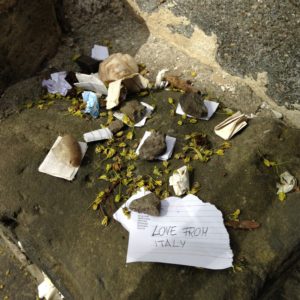
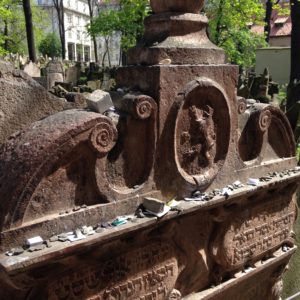
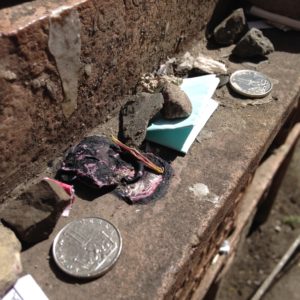
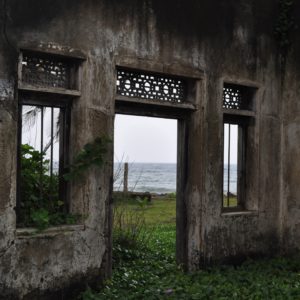

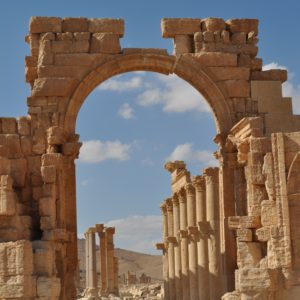
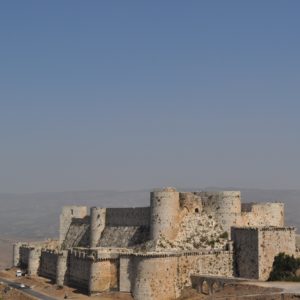

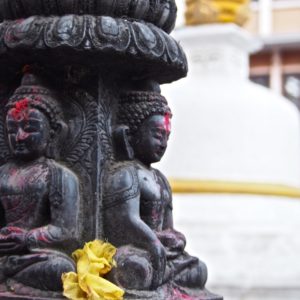
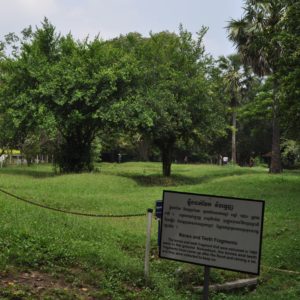

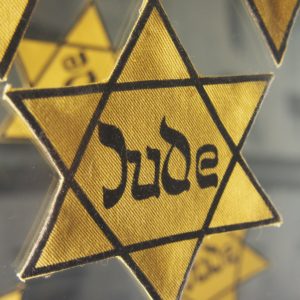

![]](https://kristinewanders.com/wp-content/uploads/2016/07/P4230806-300x300.jpg)
